UN Climate Change Conference: Which country pledged what?
Plans submitted by 147 nations on what they are prepared to do to limit their greenhouse gases could go some way towards tackling climate change. They were made ahead of the conference that will involve more than 190 countries in Paris in December.
The 119 pledges, known as Intended Nationally Determined Contributions (INDCs), have been uploaded to the United Nation's website since 1 October. While the 28 European Union countries published a single commitment, the top 10 biggest emitters all submitted documents − except Iran and Saudi Arabia.
According to a Climate Action Tracker (CAT) set out by four European research groups, the plans, if implemented, would limit average temperature rises to 2.7C above pre-industrial times by 2100. The figures may be down from 3.1C projected last December but they are still above the 2C level that governments have accepted as the threshold beyond which the Earth would face dangerous changes.
Here's who pledged what.
Argentina
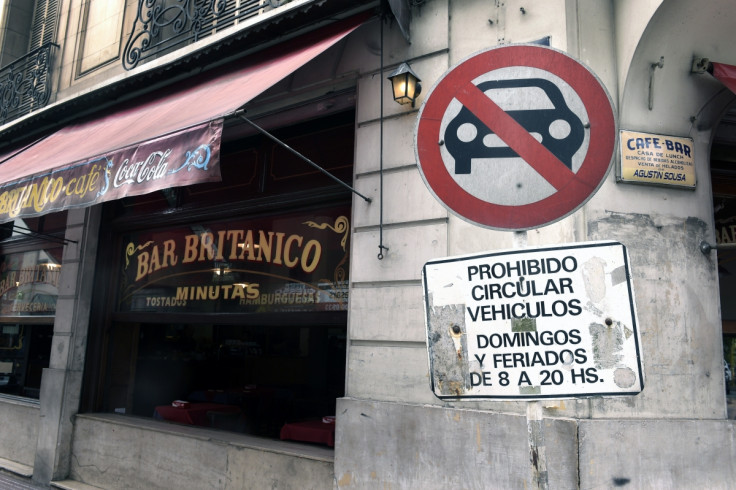
Under Argentina's current implemented policies, emissions are expected to increase by 14% to 45% by 2020 compared with 2010 levels, according to CAT.
However, it has now pledged for a 15% reduction in greenhouse gas emissions in 2030 relative to a business-as-usual (BAU) scenario. BAU refers to where emissions would be in any given year assuming the country took no action to limit them. The projected emissions levels are not in line with any interpretation of a "fair" approach to reach a 2C pathway, CAT said.
Australia

Australia will attend the Paris conference with an emissions reduction target of 26%-28% below 2005 levels by 2030. The pledge, commentators say, is below Climate Change Authority recommendations, requested by Environment Minister Greg Hunt, which proposed a 2013 target of between 45% and 65% below 2005 levels.
Brazil
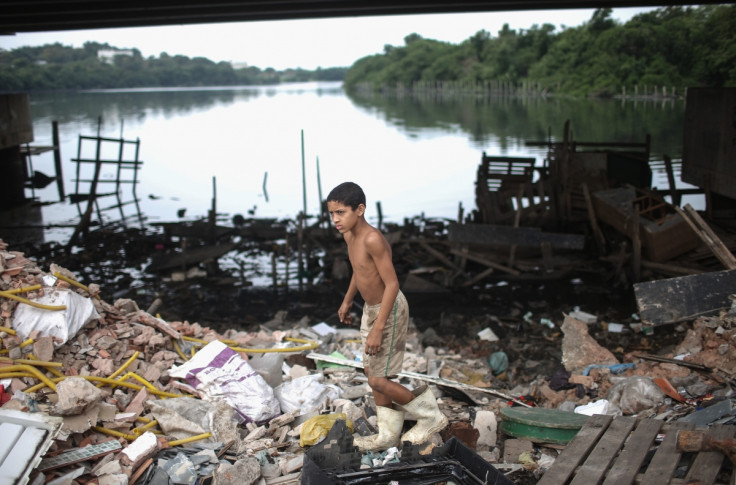
The Latin American giant has pledged to reduce its emissions by 36.1% to 38.9% in 2020 compared to BAU emissions. Brasilia has also indicated "for reference purposes only" that the reduction would be 43% by 2030, but said it aims to eliminate illegal deforestation by 2030. According to CAT analysis, the country "will meet this pledge with current policies".
Canada
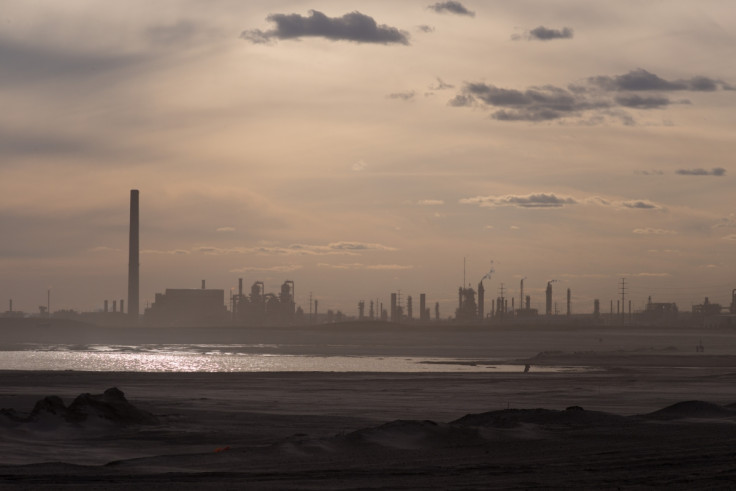
Canada, which is one of the countries whose pledge was rated inadequate by CAT, promised a 30% reduction in greenhouse gas emissions between 2005 and 2030.
China
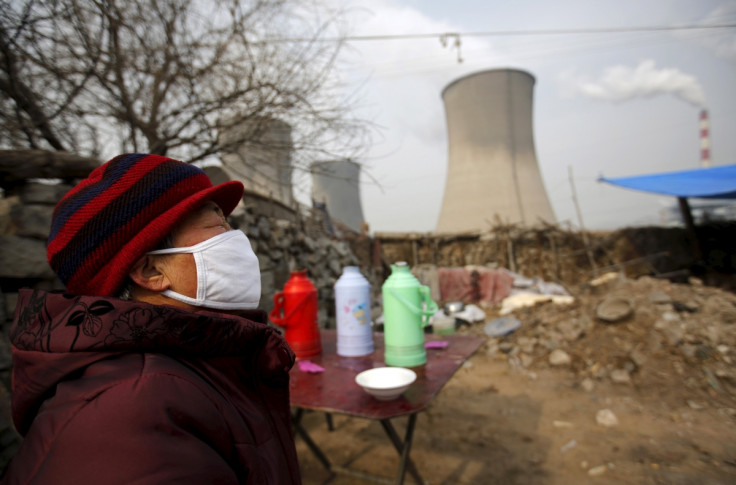
In a historic move last year, the world's current biggest emitter agreed at a meeting with US President Barack Obama, that it would cause its emissions to peak by "around" 2030 and making "best efforts" to do so early. By 2030, Beijing also promises to increase to 20% the share of energy sourced from renewables and nuclear power.
European Union
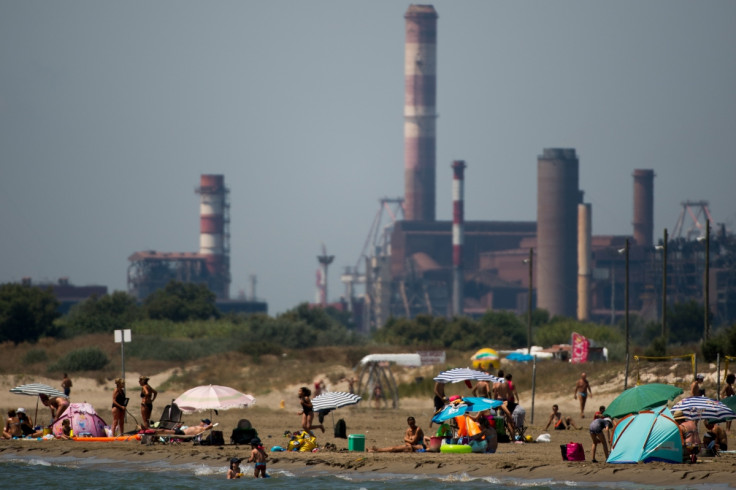
There was no major surprise with the 28-nation bloc's pledge to cut 40% of greenhouse gases by 2030 from 1990 levels.
India

India's pledge is less clear. It is committing, however, to derive 40% of its electricity capacity from non-fossil fuels (renewables and other low carbon sources) by 2030. The world's third biggest greenhouse gas emitter said it would cut the "emissions intensity" of its economy – the level of greenhouse gas emissions per unit of GDP – by up to 35% by 2030.
In the past, India argued that rich countries, like the UK or the US, should bear responsibility for global warming, while poor countries should have a chance to raise their living standards. It had previously pledged an emissions intensity cut of up to 25% by 2020.
Indonesia
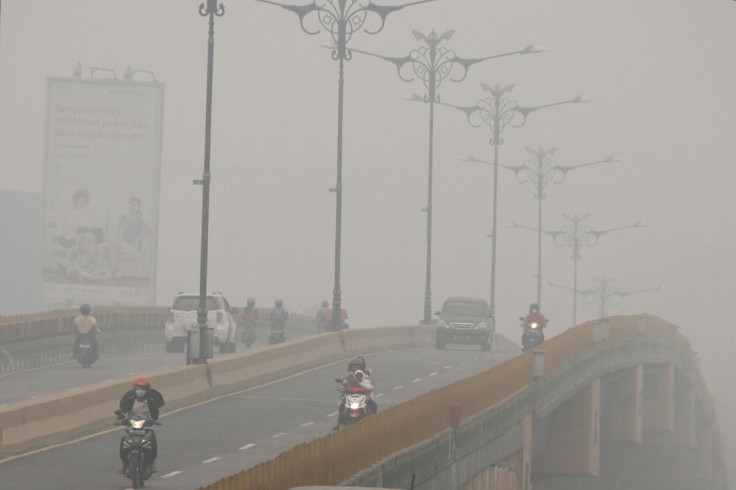
The nation has pledged to cut emissions by 29% from a BAU scenario in 2013 - but CAT estimated that with international assistance, the pledge could be raised to a 41% reduction.
Japan
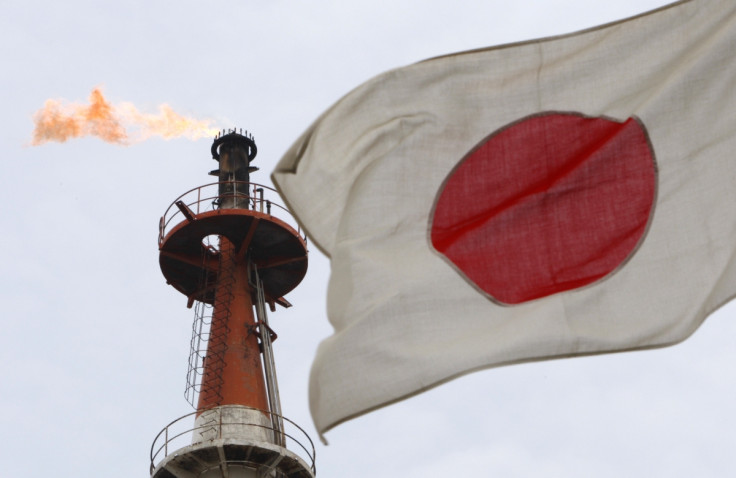
Rated "inadequate" for its previous pledge, Japan now promises a 26% reduction in greenhouse gases in 2030 from 2013 levels. Renewables in 2030 will provide 22% to 24% of power in 2030, and nuclear is expected to generate another 20% to 22%.
Mexico
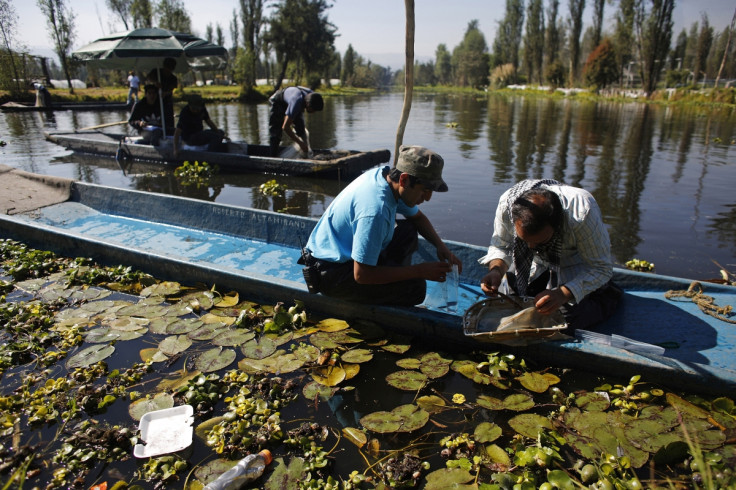
In March 2015, Mexico submitted its INDC, proposing to "unconditionally" reduce its emissions of greenhouse gases and short-lived pollutant emissions by 25% from a BAU scenario by 2030. It also proposed a 40% reduction by 2030 conditional on certain requirements for the global agreement and international support. Based on this target, CAT rates Mexico as "medium".
"[It is] not yet consistent with limiting warming below 2C unless other countries make much deeper reductions and comparably greater effort," CAT said it its recommendations.
Russia
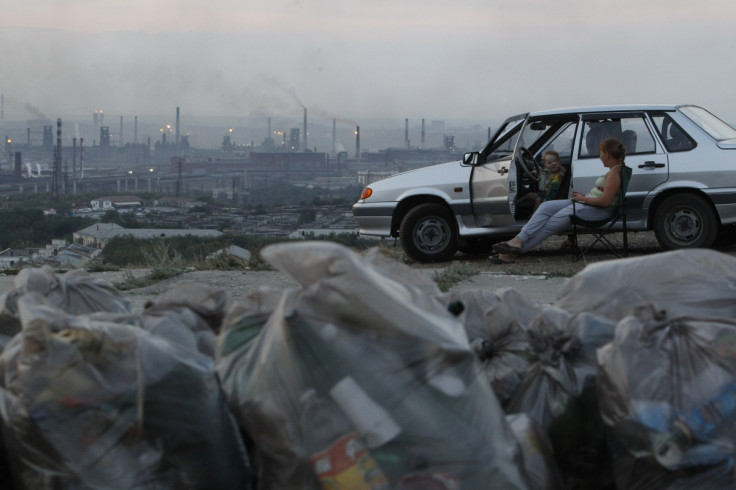
Russia pledged in March to keep its emissions at 25-30% below the level it generated in 1990, the year before the Soviet Union collapsed. Green groups, however, say the pledge, is far too easy for Moscow to fulfil because, compared to 1990 when the Soviet industry was a notoriously prolific polluter, the country's industrial base today is much smaller.
Saudi Arabia

Alone among G20 members, Saudi Arabia had yet to submit its pledge. Commentators say the country is fearful of committing to a shift away from the fossil fuel it relies on.
"Greenhouse gas emissions are expected to increase by 30% by 2020 compared with 2010 levels and by 60% in 2030 if current policies are not improved upon," CAT said.
South Africa
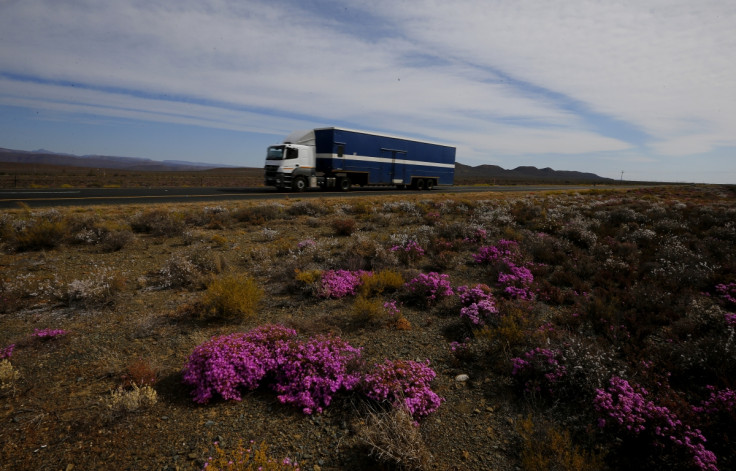
The country pledged to "peak, plateau and decline" its emissions, with the peak occurring between 2020-2025, followed by a decade-long plateau, and then absolute declines. It gave an indicative range for pollution levels of 398 megatons to 614 megatons of CO2 between 2025 and 2030.
South Korea

South Korea put forward an economy-wide target to reduce its greenhouse gas emissions by 37% below BAU emissions by 2030. CAT rated this target "inadequate", stating that "to be in a "medium" pathway by 2030 South Korea's emissions would need to be below 500 MtCO<sub>2e per year, which is lower than levels in the year 2000."
Turkey

Turkey is an Annex I country with special circumstances, meaning that due to this status, it is not required to pledge an emission reduction target under the Kyoto Protocol. It has, however, pledged a reduction of as much as 21% from BAU levels in 2030.
United States

The world's biggest historical emitter said it will reduce net emissions by 26-28% below 2005 levels in 2025. Based on this target, and taking into account the effect of forest and other land use accounting, CAT rated the US as "medium".
"It is not yet consistent with limiting warming to below 2C unless other countries make much deeper reductions and comparably greater effort than the USA," the group said.
© Copyright IBTimes 2025. All rights reserved.






















